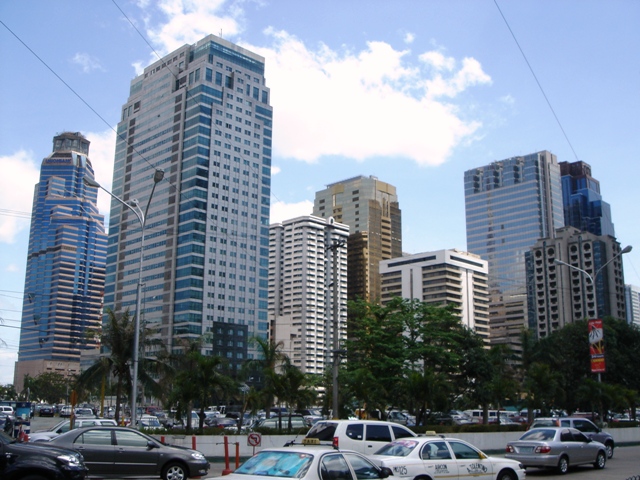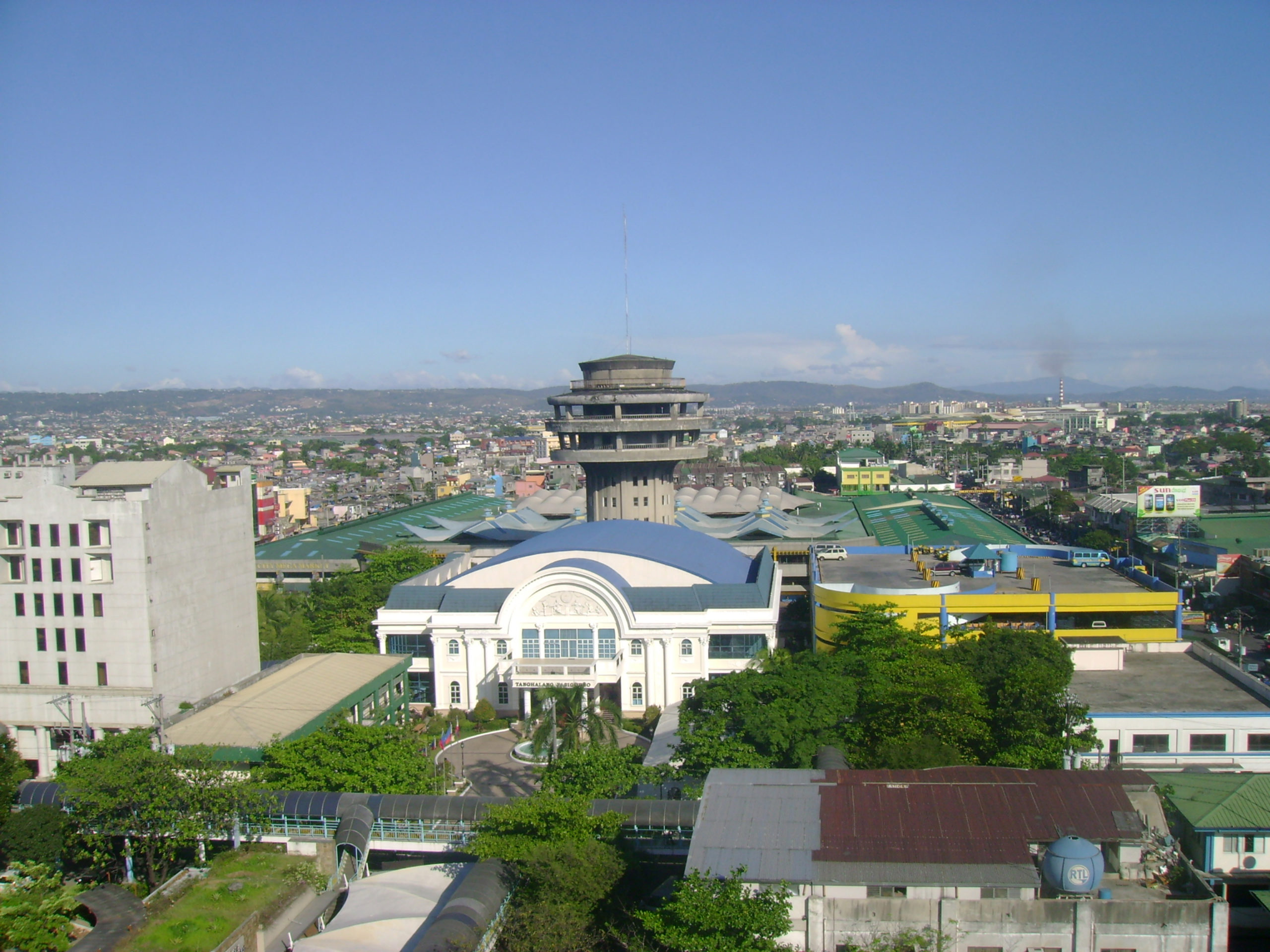Turning the Tide
Date posted August 1, 2020

Pasig City has become a highly urbanized business district that is home to many multinational companies, large-scale commercial centers and other important institutions.
From being one of the oldest municipalities and rural residential areas, Pasig City has become a highly urbanized business district that is home to many multinational companies, large-scale commercial centers and other important institutions. But there is a rich history that tells of how Pasig has risen to its status of being one of the most dynamic cities in the Philippines today.
“Pasig” is an old Sanskrit word referring to a “river flowing from one body of water to another,” in the case of Pasig River, from Laguna de Bay to Manila Bay, according to the late Dr. Jose Villa Panganiban, a linguist, polyglot, professor, and former director of the Institute of National Language.
Created by the Augustinians in 1572, Pasig is one of the oldest towns in the Philippines. It eventually became part of Rizal Province in June 1901 through Act No. 137 of the Philippine Commission. More than seven decades later, Pasig was carved out of Rizal to be part of Metro Manila in 1975. It was then converted into a highly urbanized city through Republic Act 7829 in 1994 and ratified by the people of Pasig through a plebiscite on January 21, 1995.
Pasig is bounded by Quezon City and Marikina on the north, municipalities of Cainta and Taytay on the east, the City of Mandaluyong on the west, and the cities of Taguig and Makati and municipality of Pateros on the south.

Turning point
An important event in the timeline of Pasig City is the formation of the Ortigas Center Association Inc. on October 6, 1982. The non-stock, non-profit organization for the advancement of Ortigas Center as one of the leading business districts in the country was organized by Rafael Ortigas Jr., Manuel C. Lozano, Narciso Padilla, Ramon Cuervo Jr., and Eulegio R. Rodriguez.
With this as one of the drivers for development, Pasig has begun its conversion from a rural residential area to a highly urbanized city that is home to the second largest business district in Metro Manila, which has remained an attractive area for businesses. Ortigas Center, which is the central business district here, and its surrounding areas now house local and multinational companies that have established their headquarters here, including San Miguel Corp., Manila Electric Co., Jollibee Foods Corp. and Asian Development Bank. Also located here are the University of Asia and the Pacific, the head office of the Integrated Bar of the Philippines, malls, leisure and entertainment hubs as well as high-rise residential enclaves. Even micro, small and medium-sized enterprises have benefited from the thriving commercial vicinity, making the district an appealing area for aspiring business owners.
Ongoing infrastructure projects are also set to link the area to other business hubs in Metro Manila, including the Bonifacio Global City-Ortigas Center Link Road Project, which will reduce the travel time between Taguig and Pasig to 12 minutes.
On the Pasig side of E. Rodriguez Jr. Avenue or more popularly known as C-5 Road, one can find integrated mixed-use communities and estates that have attracted many to reside here.
New era of governance
Another positive spin for Pasig City is the election of the 31-year-old Vico Sotto as mayor during the May 2019 midterm elections.
Just a year after his election, the young maverick mayor saw a meteoric rise in popularity following his quick and smart initiatives that became even more evident at the height of the enhanced community quarantine, which was imposed due to the COVID-19 pandemic. He was able to deliver his promises and reprioritize budgets to make lasting changes in the city.
For instance, he raised the city’s health budget by 42 percent to P2.5 billion this year; signed signed a memorandum of agreement with the Rizal Medical Center to boost barangay healthcare facilities and services; started to reinforce the city’s disaster preparedness through partnerships with other local governments and institutions; and raised P1.2 billion to buy learning devices like laptops and tablets for its public schools in preparation for virtual learning during the pandemic.
As early as February, the city government of Pasig has already started implementing safety measures for virus mitigation. The Pasig City General Hospital has prepared an isolation tent while public schools started monitoring students’ temperature. Pasig was also among the first cities to announce its own financial assistance package for residents left out of the national government’s Social Amelioration Program as the city secured P1 billion to provide P8,000 to each family.
The country is still not out of the woods as far as the COVID-19 pandemic is concerned, but Pasig is at the forefront of helping ensure that its residents and locators will be able to adjust to the new normal—thus further making this city an attractive, conducive place for residents and investors alike.
Source: Inquirer Archives, www.pasigcity.gov.ph, www.facebook.com/pg/ortigascenterassociationinc
Read more: https://business.inquirer.net/304178/turning-the-tide#ixzz6c2PpNZ4e
Follow us: @inquirerdotnet on Twitter | inquirerdotnet on Facebook

